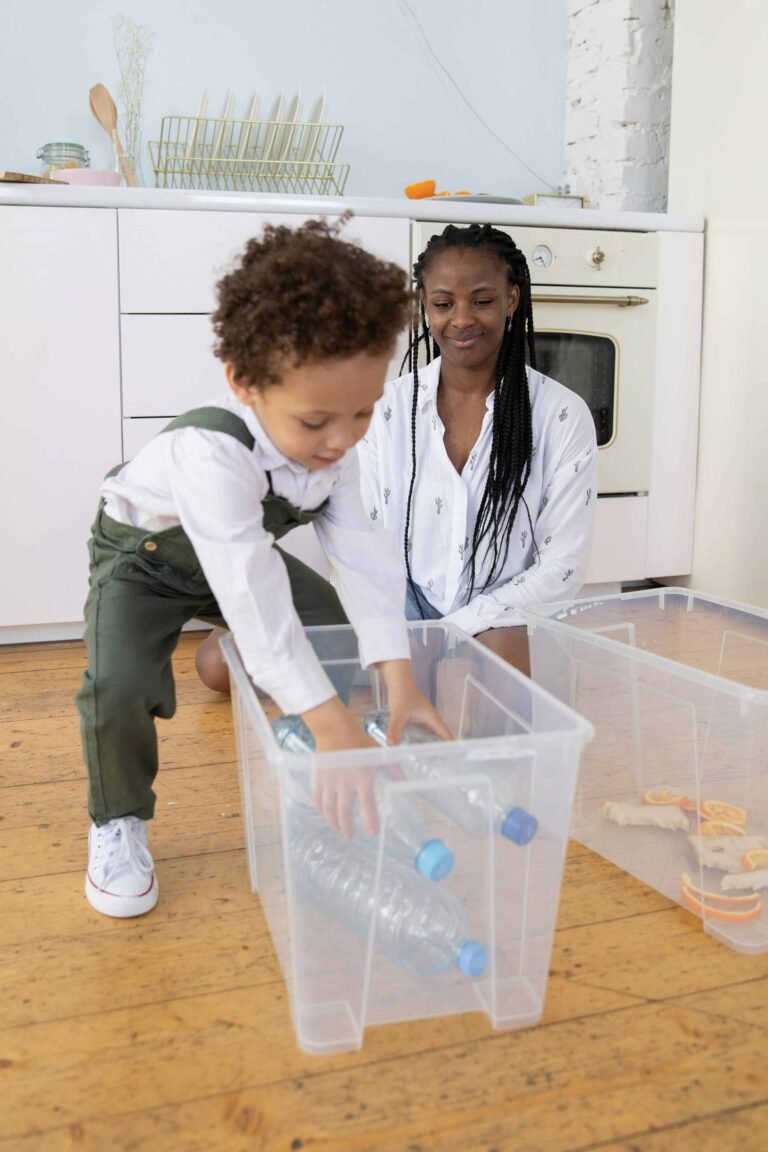You’re kneeling on the floor, eye-level with your tearful 3-year-old who just threw their broccoli because “it looked at them funny.” You take a deep breath, channeling every parenting book you’ve ever skimmed, and whisper, “I see you’re upset. Can we talk about it?” Cue an even louder wail. Welcome to gentle parenting—where theory meets reality, and sometimes reality throws vegetables.
If you’ve ever felt like gentle parenting means being a doormat or suppressing your own frustration, let’s reset. This approach isn’t about perfection. It’s about connection over control, empathy over escalation, and—yes—surviving the broccoli wars with your sanity intact.
What Gentle Parenting Actually Looks Like (Spoiler: It’s Not All Calm Voices)
Gentle parenting gets a bad rap. Critics say it’s too soft; exhausted moms worry it’s too hard. Let’s clear the air:
- It’s not permissive: Boundaries matter, but they’re set with respect.
- It’s not about being “nice” 24/7: You’re human. It’s okay to say, “I’m too angry to talk right now. Let’s pause.”
- It’s not just for Instagram: Real gentle parenting includes messy moments, tears (yours and theirs), and “do-overs.”
Think of it as coaching, not controlling. Your job isn’t to prevent all meltdowns but to help kids navigate big feelings with you, not against you.
4 Practical Tips That Work When You’re Knee-Deep in Tantrums
- Swap Commands for Teamwork
- Instead of: “Stop jumping on the couch!”
- Try: “The couch is for sitting. Let’s find a better place to jump—how about the floor?”
- Why it works: It redirects energy without shutting down their needs.
- Name the Feeling, Solve the Problem
- “You’re mad because your sister took your toy. Should we ask for it back together?”
- Even toddlers learn: Feelings are okay; actions have limits.
- The 10-Second Pause
Before reacting, count to 10 silently. Often, the “big” misbehavior (spilled milk, defiance) feels smaller after a breath. - Repair, Don’t Pretend
If you yell or overreact, say: “I’m sorry I raised my voice. Next time, I’ll try to calm down first.” Modeling accountability teaches them to do the same.
When Gentle Parenting Feels Impossible (And What to Do)
Let’s be real: Some days, you’re touched out, sleep-deprived, and out of patience. Here’s how to cope:
1. Lower the Bar
- Gentle parenting isn’t an all-or-nothing game. Aim for “good enough” moments, like one calm conversation a day.
2. Use Scripts When Your Brain’s Empty
- Keep go-to phrases in your back pocket:
- “I hear you.”
- “Let’s figure this out together.”
- “I need a minute to think.”
3. Tag In a Partner (Or a Podcast)
- If you’re boiling over, hand off to a co-parent, or pop in headphones for 5 minutes. Survival is a team sport.
The Myth of the “Perfect” Gentle Parent
Social media makes it look like gentle moms meditate while their kids paint rainbows. Reality check:
- One mom’s “connected parenting” is another’s “I bribed them with cookies so I could shower.”
- Kids don’t need perfection. They need a safe, loving adult who tries, fails, and tries again.
Why This Approach Matters Beyond Toddlerhood
Gentle parenting isn’t just about surviving the preschool years. It’s about raising kids who:
- Trust you enough to come to you with problems (even as teens).
- Learn self-regulation, not fear-based obedience.
- See mistakes as fixable, not shameful.
You’re Already Doing It Better Than You Think
Mama, gentle parenting isn’t about never losing your cool. It’s about showing up—even when it’s hard—and saying, “We’ll get through this together.” Some days, that looks like a heartfelt talk. Other days, it’s snuggling after a rough moment and whispering, “Tomorrow’s a new day.”
And those days when you do lose it? They’re not failures. They’re chances to show your kids that growth is messy, and love doesn’t require perfection.
So keep going. That broccoli on the floor? It’s proof you’re both learning. And that’s exactly how it should be.




